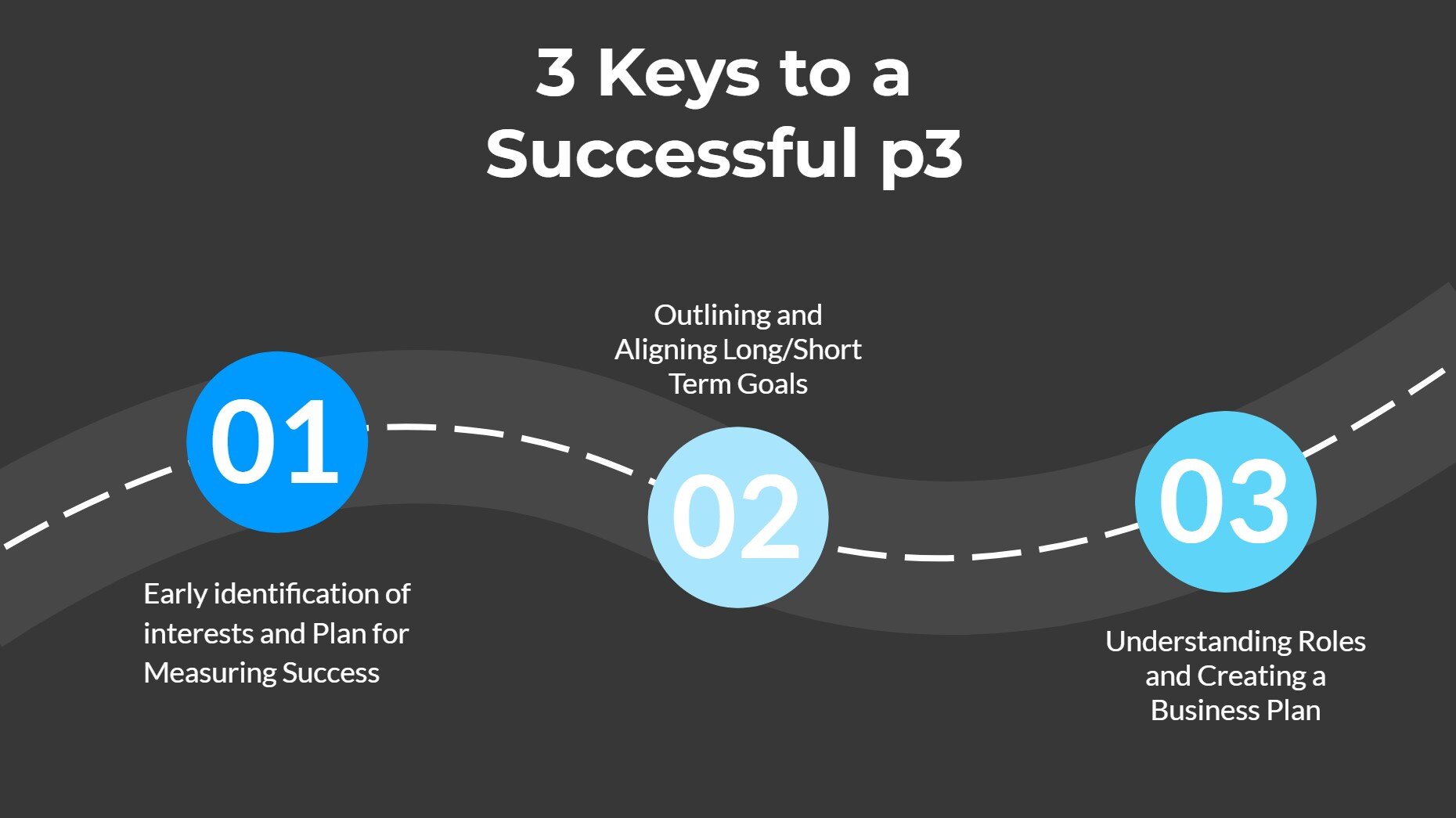The History of the P3 Market and What’s Next
Today, public-private partnerships (P3) encompass a broad scope of projects and are undertaken across the world. Alongside their broad scope, they also have a long history in the United States. Public-private partnerships go all the way back to the exploration companies that sailed to America on behalf of the British crown. In 1792, the State of Pennsylvania utilized a P3 to construct the Philadelphia and Lancaster Turnpike. In 1808, the federal government used a P3 to develop a steamboat line from New York to New Jersey. P3s have a lengthy history in the United States and in many other parts of the world. We are going to take a look at the modern applications of P3s and the role they have played in the 21st century.
Globally, the prevalence of P3s increased throughout the 1990s and 2000s, particularly in the United Kingdom, Canada, and Australia. The United States did not initially see this increase in large-scale P3s until later. The most recent decade, beginning in 2010, has seen an increase in P3s in the United States across various levels of the government.
Common Use
Throughout their history, the most common projects that P3s are utilized to complete are infrastructure. The most common of these being toll roads. Unfortunately, while these projects are often the most well-known P3s they are also some of the most disliked. Following the increase of P3s at the state level in the late 2000s, President Obama’s second term saw the federal government engage in more P3s, notably following the passage of the Fixing America’s Surface Transportation Act (FAST) and the Water Infrastructure Finance and Innovation Act (WIFIA). Over the last two decades, P3s have grown to encompass other projects such as building schools, non-administrative government buildings, and offering unique innovations to improve cities organizationally and culturally.
How PPPs Have Changed
Throughout the history of the United States and the development of its geography, urban centers, and cultural attractions, P3s have developed as well. They have shifted from limited infrastructure roles with nominal support to having a broader impact across local, state, and federal projects with increased support across the political spectrum. In the last decade, we have seen an increase in public-private partnerships involving universities, public buildings, and waste/water projects (infrastructure projects continue to make up a strong portion of P3s as well).
Universities
Beginning in the 2010s, public universities across the country began making use of P3 projects to develop student housing. This is a trend that will likely continue as enrollment continues to increase at universities across the country since the turn of the century. Universities in New Jersey, Georgia, Kentucky, Indiana, and California have utilized P3s to develop housing or other university facilities.
Public Buildings
The government is responsible for building more than offices and administrative buildings. State and local governments build schools, community centers, libraries, post offices, cultural attractions, and more. More and more local governments are using P3s to increase the efficiency and cost-effectiveness of these projects. In 2016, the city of Long Beach California closed a half a billion-dollar P3 contract for a community center that includes a 40-year plan for operations and maintenance.
Waste/Water Projects
On the federal, state, and local levels, P3s have been increasingly utilized for waste and water-related projects. Following the enactment of the Water Infrastructure Finance and Innovation Act (WIFIA) in 2014, the potential for water infrastructure-related P3s increased substantially.
So What’s Next
Just as their perception and scope have evolved in the past, the future for P3s looks different as well. Entering new markets, P3s have the potential to complete projects efficiently and effectively in these high-impact areas, including education, healthcare, waste/water, and more.
With the right partnership and planning, P3s enable the public sector to harness the expertise and efficiencies that the private sector can offer. This allows private partners to deliver certain facilities and services traditionally developed by the public sector. These partnerships have great potential to become more innovative and effective as the P3 sector continues to gain experience and enter new markets.
There is great potential for successful and impactful projects because P3s in the United States are not leveraged solely for funding. Through tax-exempt bonds, most local and state governments can effectively raise money for their projects. Projects can place a greater emphasis on private partners stepping in to provide financial and planning efficiency and strategy. The right private partners can successfully handle multiple elements (design, construction, oversights, etc.). This is far more efficient than the government taking on all these elements on its own. Additionally, private partners work faster, distribute risk away from taxpayers, and often provide increased long term planning
Conclusion
After taking the time to analyze their history and development, it is clear that public-private partnerships have a bright future. They have the potential to be utilized across a broad spectrum of undertakings in order to make government projects more efficient and innovative. With the proper understanding of how to maximize these partnerships, the public can benefit from the strengths of both the public and private sectors when developing new infrastructure, schools, cultural attractions, and any other improvements.
If you are interested in learning more about public-private partnerships, we love sharing our insights with our readers. Learn more about our insights developed from P3 experience by checking out our blog on the keys to successful PPPs or visit our services page to learn more about how we can help you.









